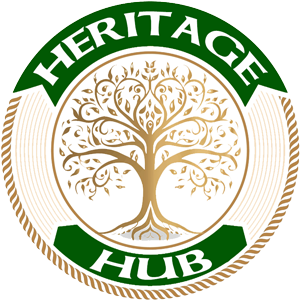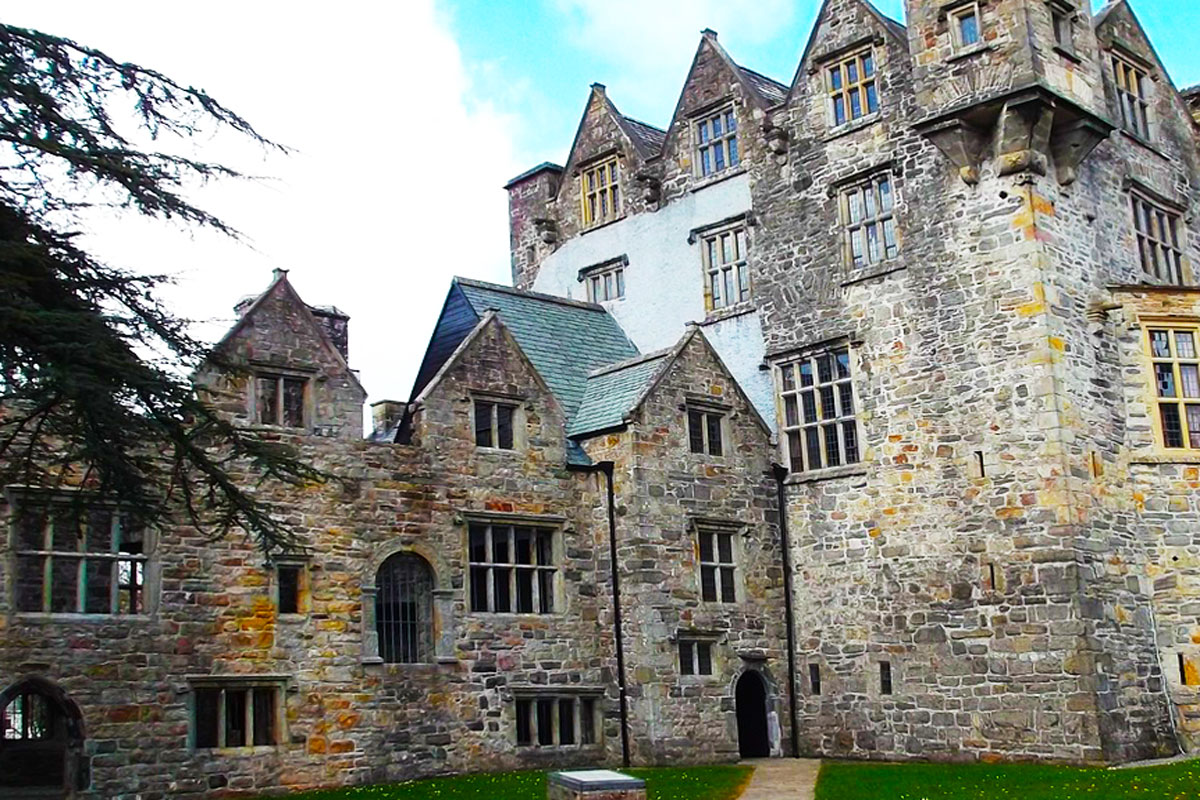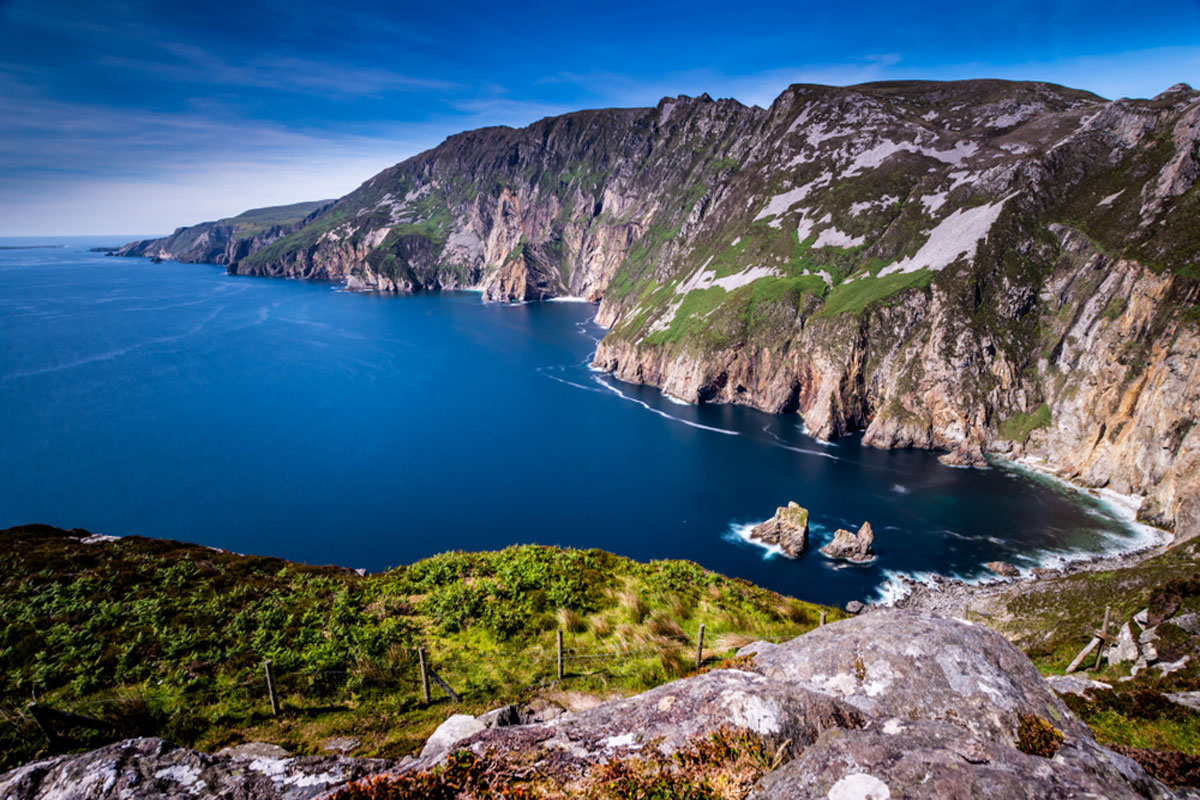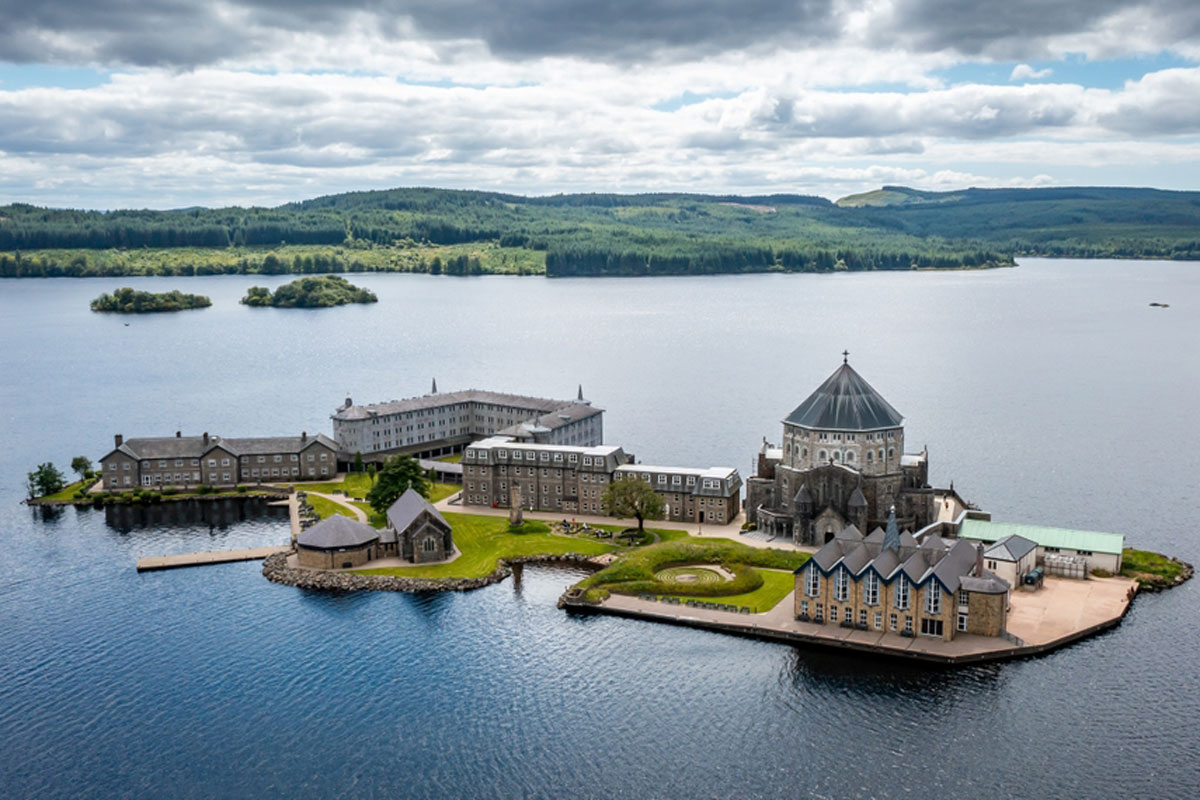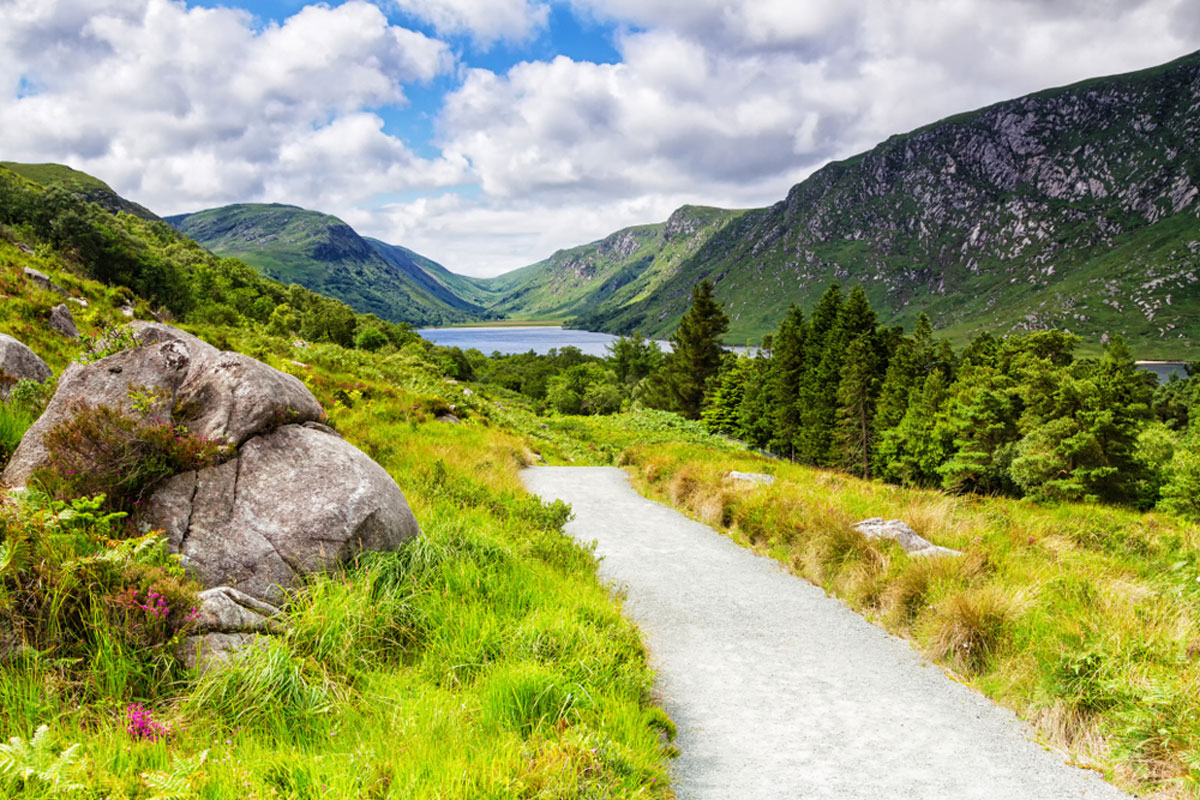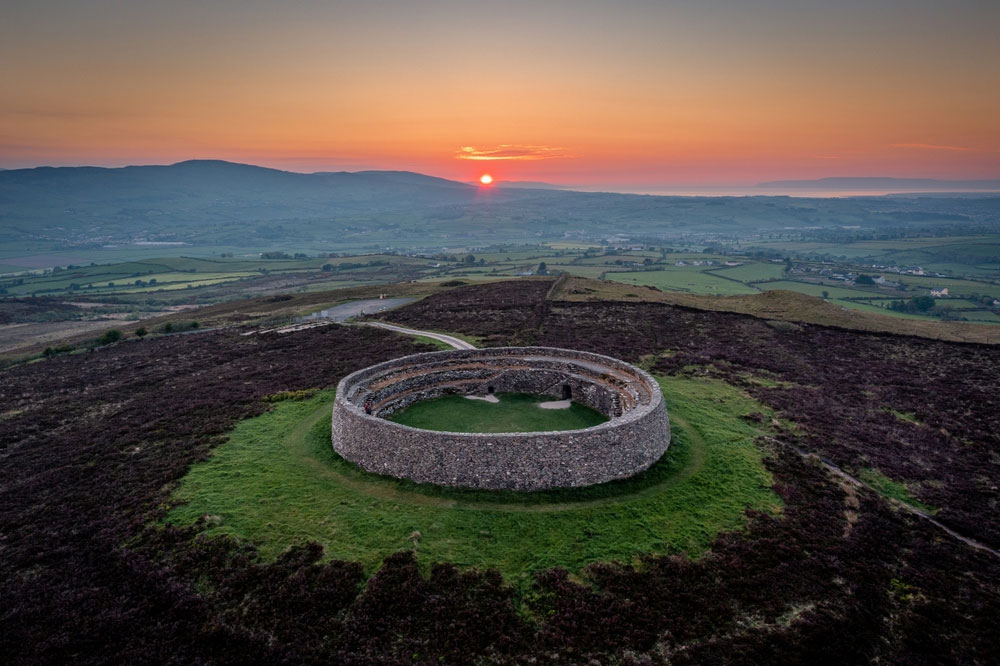Historical Overview
Nestled in the heart of Donegal Town, Donegal Castle stands as a remarkable testament to Ireland’s rich medieval history. This restored fortress, with its storied past, offers visitors a captivating glimpse into the life and times of the region’s early inhabitants. Let us now delve into the historical background of Donegal Castle, exploring its origins, key events, and transformations over the centuries.
Origins and Construction
Donegal Castle was originally constructed in the 15th century by the O’Donnell clan, one of the most powerful Gaelic families in Ireland. Built on the banks of the River Eske, the castle’s strategic location was chosen to control access to the waterways and surrounding lands. The O’Donnells, who were the ruling chieftains of Tir Chonaill (now County Donegal), intended the fortress to serve both as a defensive stronghold and a symbol of their dominance and prestige.
The O’Donnell Clan
The O’Donnells played a crucial role in Irish history, particularly during the turbulent years of the 16th and 17th centuries. As leaders of a significant Gaelic lordship, they were often engaged in conflicts with both rival clans and English forces. Donegal Castle was at the heart of these struggles, serving as a base for military operations and a residence for the clan’s chieftains.
One of the most notable figures associated with Donegal Castle is Red Hugh O’Donnell, a legendary leader who played a pivotal role in the Nine Years’ War (1593-1603). Red Hugh’s daring escape from Dublin Castle and his subsequent efforts to unite the Irish clans against English rule are key episodes in the castle’s storied history.
Destruction and Decline
The castle’s fortunes took a dramatic turn in the early 17th century. Following the defeat of the Irish forces at the Battle of Kinsale in 1601 and the subsequent Flight of the Earls in 1607, the O’Donnell clan was forced to abandon their ancestral home. Donegal Castle was seized by the English crown and granted to Sir Basil Brooke, an English soldier and landowner.
Under Brooke’s ownership, the castle underwent significant modifications. He added a Jacobean-style wing, blending the original Gaelic architecture with more contemporary elements. However, by the late 17th century, the castle fell into disrepair, a victim of the political and social upheavals that marked the period.
Restoration and Revival
In the 20th century, efforts to preserve and restore Donegal Castle began to take shape. The Office of Public Works (OPW) undertook extensive restoration projects to repair and stabilize the structure. Today, the castle stands as a beautifully restored monument, offering visitors a window into its rich past and a tangible connection to Ireland’s medieval heritage.
Donegal Castle’s history is a tapestry of triumphs and tribulations, reflecting the broader narrative of Ireland’s medieval and early modern periods. From its origins as a Gaelic stronghold to its decline and eventual restoration, the castle embodies the resilience and enduring legacy of the O’Donnell clan.
Architectural Features and Design
Donegal Castle, with its imposing structure and blend of architectural styles, stands as a testament to the craftsmanship and ingenuity of its builders. The castle’s architectural features and design sheds a light on how its construction reflects the needs and aesthetics of its various inhabitants over the centuries.
The Original Gaelic Tower House
The original part of Donegal Castle, constructed by the O’Donnell clan in the 15th century, is a quintessential example of a Gaelic tower house. These structures were designed primarily for defense and served as both a residence and a stronghold for the ruling family.
- Tower House Structure
The central feature of the castle is its four-story rectangular tower house, built from local sandstone. The thick walls, up to 3 meters in places, were constructed to withstand attacks and provide a formidable defense against invaders. Narrow slit windows and a machicolation (an overhanging parapet with openings) at the top allowed defenders to observe and repel attackers. - Defensive Features
Key defensive features include the bawn (a walled courtyard), which provided an additional layer of protection. The bawn walls were originally equipped with crenellations (battlements) and arrow loops for archers. The entrance to the tower house was strategically placed on the first floor, accessible only by a removable wooden staircase, adding an extra layer of security. - Interior Layout
Inside, the tower house was divided into several floors, each serving a specific purpose. The ground floor, often used for storage, was accessed via a stone staircase leading to the upper living quarters. The great hall, located on the first floor, was the heart of the castle, where the O’Donnell family would dine, entertain guests, and conduct business. The upper floors contained private chambers and sleeping quarters, with a spiral staircase providing access between levels.
The Jacobean Wing
In the early 17th century, Sir Basil Brooke, who took possession of Donegal Castle after the fall of the O’Donnells, added a Jacobean-style wing to the original Gaelic tower house. This addition introduced a blend of English and Gaelic architectural elements, reflecting the changing political and cultural landscape of Ireland.
- Jacobean Influence
The Jacobean wing, characterized by its more elaborate and decorative style, contrasts with the austere practicality of the tower house. Constructed with a mix of sandstone and limestone, the wing features large mullioned windows, gables, and ornate chimneys, reflecting the Renaissance architectural trends of the period. - Residential Comfort
Brooke’s additions focused on enhancing the castle’s residential comfort and aesthetic appeal. The Jacobean wing included spacious rooms with high ceilings, wooden paneling, and decorative plasterwork. These changes reflected the shift from purely defensive structures to more comfortable and luxurious residences. - Integration of Styles
Despite the differences in style, the Jacobean wing was carefully integrated with the existing tower house. The two structures are connected by a central courtyard, which served as a gathering space and provided access to both parts of the castle. The blending of Gaelic and Jacobean elements creates a unique architectural fusion, showcasing the castle’s evolution over time.
Restoration Efforts
The restoration of Donegal Castle in the 20th century focused on preserving its historical integrity while making it accessible to visitors. The Office of Public Works (OPW) undertook extensive conservation work to stabilize the structure, repair damaged elements, and restore original features where possible.
- Conservation Techniques
Modern conservation techniques were employed to address structural issues, such as reinforcing weakened walls and repairing stonework. Traditional materials and methods were used to maintain the castle’s authenticity, ensuring that the restoration work remained true to its historical origins. - Visitor Experience
Today, visitors can explore the castle’s various rooms and features, with informative displays and guided tours providing insights into its history and architecture. The restoration efforts have transformed Donegal Castle into a living monument, allowing visitors to experience its grandeur and significance firsthand.
The architectural features and design of Donegal Castle reflect its multifaceted history and the changing needs of its inhabitants. From the robust defensive elements of the Gaelic tower house to the elegant additions of the Jacobean wing, the castle stands as a remarkable example of architectural evolution.
Daily Life and Social Customs
Donegal Castle, with its robust walls and elegant interiors, was not just a military stronghold but also a bustling center of daily life and social activity. We are now going to explore what life was like for the castle’s inhabitants, from the ruling O’Donnell clan to the servants and workers who maintained the fortress.
Life in the O’Donnell Era
- The O’Donnell Family
As the ruling chieftains of Tir Chonaill, the O’Donnell family lived in relative luxury compared to the rest of the population. The great hall of the tower house was the heart of their social life, where they hosted banquets, held court, and conducted important meetings. These events were often elaborate affairs, showcasing the wealth and power of the O’Donnells. - Daily Activities
Daily life for the O’Donnells revolved around managing their lands, overseeing military operations, and engaging in diplomacy with neighboring clans and the English authorities. The family also partook in hunting and falconry, popular pastimes among the Gaelic nobility. Education was highly valued, with children of the clan often receiving training in leadership, warfare, and the arts. - Feasting and Hospitality
Feasting was an integral part of life at Donegal Castle. The great hall would come alive with music, dancing, and storytelling during these occasions. Guests were treated to a variety of dishes, including game, fish, and locally grown produce, accompanied by ale and mead. The O’Donnells were known for their hospitality, often hosting travelers, poets, and musicians.
The Jacobean Influence
- Sir Basil Brooke’s Tenure
After the castle came under the ownership of Sir Basil Brooke in the early 17th century, life at Donegal Castle began to reflect more English customs. Brooke’s renovations, including the addition of the Jacobean wing, introduced elements of English domestic life and architecture. - Household Structure
The household under Brooke’s tenure included a range of staff, from domestic servants to skilled artisans. Cooks, maids, and gardeners ensured the smooth running of the household, while blacksmiths, carpenters, and stonemasons maintained the castle’s infrastructure. Life for these workers was demanding, with long hours and a strict hierarchy. - Social Customs
Brooke and his family would have entertained guests in the more refined Jacobean wing, with its spacious rooms and decorative features. Meals became more structured, following English dining customs, with a focus on formal etiquette. The presence of a library and more private living quarters reflected a shift towards personal leisure and intellectual pursuits.
The Servants and Workers
- Living Conditions
The servants and workers at Donegal Castle lived in simpler quarters, often within the castle’s bawn or in nearby outbuildings. Their daily routines were dictated by the needs of the household and the maintenance of the castle. Tasks varied seasonally, with more intensive agricultural work in the summer and indoor duties during the winter months. - Roles and Responsibilities
Each servant had a specific role, from kitchen duties and cleaning to tending the livestock and managing the gardens. The head cook would prepare meals for the household, utilizing produce from the castle’s gardens and nearby farms. Blacksmiths and carpenters ensured that weapons and tools were kept in good repair, essential for both daily life and defense. - Community and Culture
Despite the hard work, the community of servants and workers formed a tight-knit group, often bonded by family ties and local connections. Festivals, religious observances, and communal gatherings provided opportunities for socializing and maintaining cultural traditions. Storytelling, music, and dance were important aspects of their communal life, preserving the rich oral traditions of the region.
Daily life at Donegal Castle was a complex interplay of social hierarchy, cultural customs, and practical necessities. From the luxurious lifestyle of the O’Donnell chieftains to the hardworking routines of the servants and workers, the castle was a microcosm of medieval and early modern society.
Key Historical Events and Figures
Donegal Castle has been the stage for numerous historical events and has housed notable figures who have played pivotal roles in Irish history. Now let’s explore the key events and figures associated with Donegal Castle, shedding light on its significance in the broader narrative of Ireland’s past.
The O’Donnell Clan and Early Conflicts
- Hugh Roe O’Donnell (Red Hugh)
One of the most famous figures associated with Donegal Castle is Hugh Roe O’Donnell, commonly known as Red Hugh. Born in 1572, he became the chief of the O’Donnell clan at a young age. Red Hugh is best known for his leadership during the Nine Years’ War (1593-1603), a major conflict between the Gaelic Irish chieftains and the English crown. His daring escape from Dublin Castle in 1592 and subsequent efforts to unite the Irish clans against English rule are legendary. Donegal Castle served as a base for his operations and a symbol of resistance. - The Nine Years’ War
The Nine Years’ War was a defining conflict in Irish history, with Donegal Castle playing a central role. The war saw the Gaelic Irish, led by Red Hugh O’Donnell and Hugh O’Neill, Earl of Tyrone, battle against the expanding control of the English crown. The conflict culminated in the Battle of Kinsale in 1601, where the Irish forces suffered a decisive defeat. The aftermath of the war led to the Flight of the Earls in 1607, when many Gaelic lords, including the O’Donnells, fled Ireland, marking the end of the old Gaelic order.
The English Seizure and Brooke’s Transformation
- Sir Basil Brooke
After the Flight of the Earls, Donegal Castle was confiscated by the English crown and granted to Sir Basil Brooke, an English soldier and administrator. Brooke’s tenure marked a significant transformation for the castle, as he rebuilt and expanded it, incorporating Jacobean architectural elements. His renovations symbolized the imposition of English authority and culture in the region. - Plantation of Ulster
The Plantation of Ulster, a policy of colonization by the English crown, had profound effects on Donegal and the surrounding areas. The introduction of English and Scottish settlers altered the demographic and cultural landscape, leading to tensions and conflicts with the native Irish population. Donegal Castle became a focal point of English administration and control in the region.
Restoration and Modern Era
- Restoration Efforts
In the 20th century, efforts to restore Donegal Castle began in earnest. The Office of Public Works (OPW) undertook extensive restoration projects to repair and preserve the structure. These efforts were aimed at stabilizing the castle, restoring original features, and making it accessible to the public. The restoration work ensured that Donegal Castle would remain a significant historical and cultural site. - Tourism and Cultural Heritage
Today, Donegal Castle is a major tourist attraction, drawing visitors from around the world. It serves as a venue for cultural events, historical reenactments, and educational programs. The castle’s role in promoting Irish heritage and history cannot be overstated, as it offers a tangible connection to the past and a platform for celebrating Ireland’s rich cultural legacy.
Donegal Castle’s history is marked by key events and figures that have shaped the course of Irish history. From the heroic exploits of Red Hugh O’Donnell to the transformative impact of Sir Basil Brooke, the castle has witnessed moments of triumph, conflict, and change.
Visitor Information and Tips
Planning a visit to Donegal Castle can be an enriching experience, offering a deep dive into Irish history and culture. We will now provide practical information and tips to help you make the most of your trip to this beautifully restored medieval fortress.
Getting to Donegal Castle
- Location
Donegal Castle is located in the heart of Donegal Town, County Donegal, Ireland. The address is Castle Street, Donegal Town, County Donegal, F94 P996. - Transportation
By Car: Donegal Town is accessible by car from major cities such as Dublin (approximately 3.5 hours) and Belfast (approximately 2.5 hours). Ample parking is available near the castle.
By Bus: Several bus services operate routes to Donegal Town from Dublin, Galway, and other cities. The bus station is a short walk from the castle.
By Train: The nearest train station is in Sligo, about an hour’s drive from Donegal Town. From Sligo, you can take a bus or taxi to reach the castle.
Opening Hours and Admission
- Opening Hours
Donegal Castle is open to the public year-round, with varying hours depending on the season:
– April to October: 10:00 AM – 6:00 PM
– November to March: 9:30 AM – 4:30 PM
It is advisable to check the official website or contact the castle directly for the most up-to-date opening times before your visit. - Admission Fees
Admission fees are typically as follows:
– Adults: €5.00
– Seniors/Students: €3.00
– Children under 12: Free
Group rates and family tickets may also be available. It’s best to confirm current pricing on the official website.
Guided Tours and Attractions
- Guided Tours
Guided tours of Donegal Castle are available and highly recommended. Knowledgeable guides provide fascinating insights into the castle’s history, architecture, and the lives of its inhabitants. Tours typically last about an hour. - Self-Guided Tours
For those who prefer to explore at their own pace, self-guided tours are also an option. Informational plaques and displays throughout the castle provide context and historical details. - Castle Features
– The Great Hall: Marvel at the restored 17th-century Jacobean wing with its ornate fireplace and wooden paneling.
– Tower House: Explore the original Gaelic tower house with its thick walls and narrow staircases.
– Courtyard: Enjoy the serene courtyard, which connects the various sections of the castle and offers a glimpse into medieval castle life.
– Exhibits: Discover artifacts and exhibits that showcase the castle’s history and the O’Donnell clan’s legacy.
Tips for Visitors
- Wear Comfortable Shoes
The castle grounds include uneven surfaces, staircases, and narrow passageways. Comfortable, sturdy shoes are recommended. - Weather Preparation
Ireland’s weather can be unpredictable. Bringing a raincoat or umbrella is advisable, especially if you plan to explore the outdoor areas. - Photography
Photography is generally allowed, but it’s always good to check for any restrictions, especially in certain indoor areas. - Accessibility
While efforts have been made to improve accessibility, some areas of the castle, particularly the tower house, may be challenging for visitors with mobility issues. Contact the castle in advance to inquire about accessibility options. - Local Attractions
Combine your visit to Donegal Castle with other local attractions. Donegal Town offers charming shops, restaurants, and scenic walks along the River Eske.
A visit to Donegal Castle is a journey through time, offering a unique opportunity to experience Ireland’s medieval history and cultural heritage. Whether you’re exploring the imposing tower house, admiring the Jacobean wing, or learning about the castle’s storied past on a guided tour, Donegal Castle provides a memorable and enriching experience for all ages. By planning your visit with the information and tips provided, you can ensure a smooth and enjoyable exploration of this remarkable historical site.
Natural Attractions
- Slieve League Cliffs – Among the highest sea cliffs in Europe, offering breathtaking views of the Atlantic Ocean.
- Glenveagh National Park – A stunning park with rugged mountains, pristine lakes, and the enchanting Glenveagh Castle.
- Malin Head – Ireland’s northernmost point, known for its dramatic coastal scenery and wildlife.
- Fanad Head Lighthouse – A picturesque lighthouse located on a scenic peninsula.
- Blue Stack Mountains – Perfect for hikers seeking challenging trails and spectacular vistas.
- Ards Forest Park – A tranquil forest park with sandy beaches, walking trails, and picnic spots.
Historical and Cultural Sites
- Donegal Castle – A beautifully restored 15th-century castle in the heart of Donegal Town.
- Grianán of Aileach – A hilltop stone fort offering panoramic views and a glimpse into ancient Irish history.
- Glencolmcille Folk Village – A living history museum depicting traditional Irish rural life.
- Doe Castle – A well-preserved castle with stunning views over Sheephaven Bay.
- Famine Memorial – A poignant tribute to those who suffered during the Great Famine.
Lakes and Water Activities
- Lough Eske – A serene lake surrounded by woodlands, ideal for fishing and kayaking.
- Lough Finn – Known for its trout fishing and scenic setting.
- River Finn – Popular for salmon fishing and riverside walks.
- Ballymastocker Bay – A Blue Flag beach perfect for swimming and relaxing.
Scenic Drives and Villages
- Atlantic Drive – A scenic coastal route showcasing Donegal’s rugged beauty.
- Inishowen Peninsula – A loop drive featuring stunning beaches, historic sites, and charming villages.
- Dungloe – Known for its traditional music and the Mary from Dungloe Festival.
- Ardara – Famous for its tweed-making heritage and friendly atmosphere.
Unique Experiences
- Tory Island – A remote island rich in folklore, accessible by ferry.
- Wild Atlantic Way – Explore Donegal’s section of this iconic coastal route.
- Donegal Craft Village – A hub for local artists and craftspeople creating traditional and modern pieces.
- Surfing at Bundoran – Known as Ireland’s surf capital, offering waves for all skill levels.
- Festivals and Events – Enjoy lively events such as the Donegal Bay and Bluestacks Festival and Earagail Arts Festival.
County Donegal offers a mix of dramatic landscapes, rich cultural heritage, and warm hospitality, making it a must-visit destination in Ireland.
Helpful Resources


